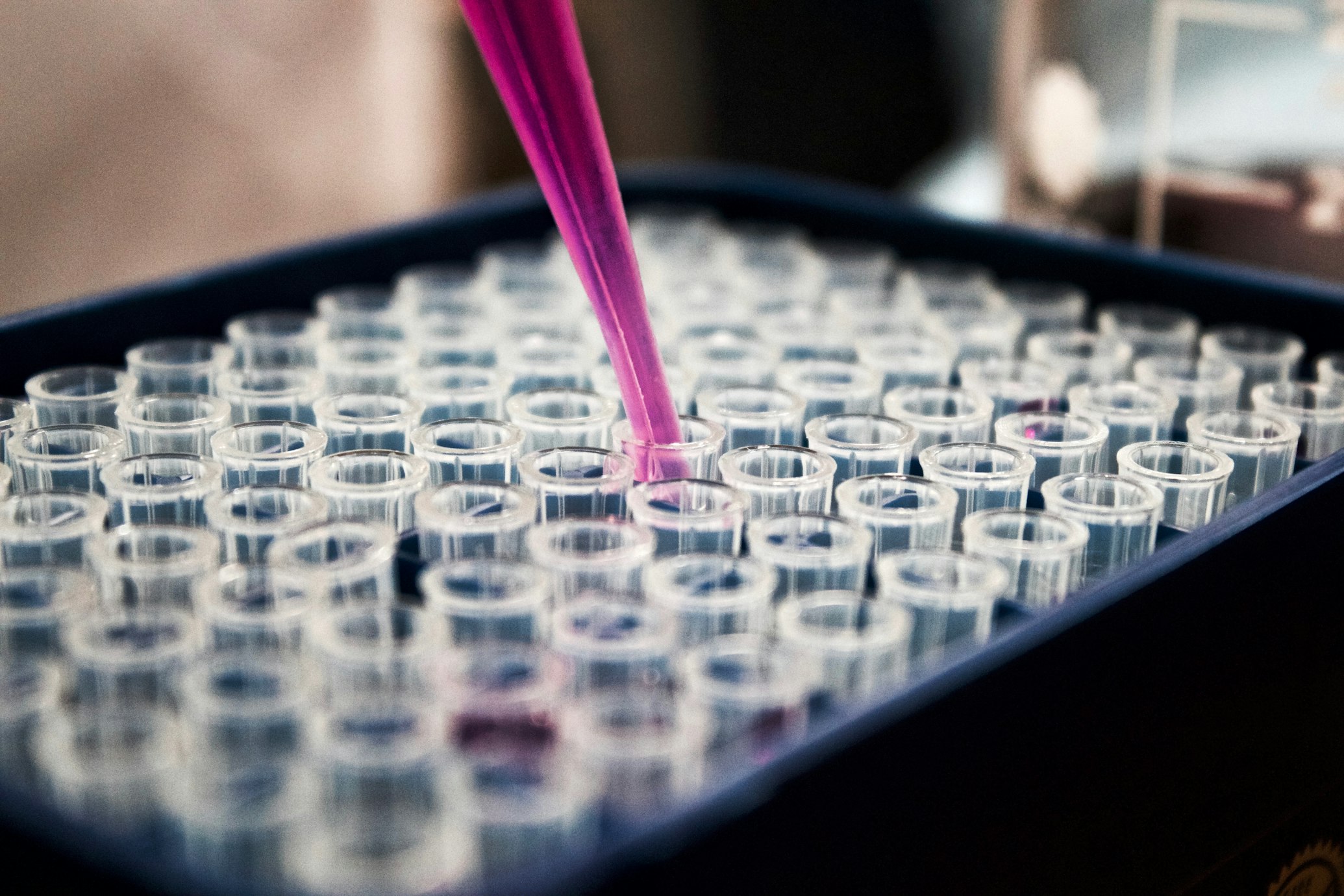Molecules in Motion
The Hidden Thermodynamic Forces Shaping Our World
Navigation
Thermodynamic property databases serve as the foundational bedrock for innovations from life-saving pharmaceuticals to sustainable energy solutions 1 . These curated collections of precisely measured values—enthalpies of formation, entropies, Gibbs energies—act as a universal language for chemists and engineers. Without them, designing efficient industrial processes or predicting chemical behavior would be akin to navigating without a compass.
Thermodynamic Databases
The NBS Tables of Chemical Thermodynamic Properties, a monumental effort spanning decades, exemplifies this critical scientific infrastructure, enabling breakthroughs from cleaner combustion to next-generation refrigeration 1 .
Molecular Interactions
Understanding the delicate balance between enthalpy and entropy in molecular systems is key to developing new materials and processes.
Key Concepts: The Thermodynamic Triad
Energy Accounting
At its core, chemical thermodynamics quantifies energy transformations during reactions and physical changes. Three properties form the cornerstone:
- Enthalpy (H): Represents heat content
- Entropy (S): Measures molecular disorder
- Gibbs Free Energy (G): Predicts reaction feasibility
Standard States
The power of "selected values" lies in standardization. Properties are reported at 298.15 K (25°C) and a standard state pressure of 100,000 Pa (1 bar), enabling apples-to-apples comparisons.
Phase Behavior
Beyond pure substances, thermodynamics predicts how mixtures behave. LCST mixtures exhibit counterintuitive behavior: they separate into two phases when heated above a threshold temperature.
Thermodynamic Properties Table
| Property | Symbol | Unit | Role in Process Design |
|---|---|---|---|
| Enthalpy of Formation | ΔHf0 | kJ/mol | Predicts reaction heat release/absorption |
| Gibbs Energy | ΔG | kJ/mol | Determines reaction spontaneity |
| Entropy | S | J/(mol·K) | Quantifies irreversibility losses |
| Heat Capacity | Cp | J/(mol·K) | Sizes heat exchangers & reactors |
Predicting Equilibrium
The Gibbs free energy directly links to equilibrium constants (K) via ΔG0 = -RT ln K. This allows engineers to calculate maximum yields for reactions like ammonia synthesis by minimizing ΔG through optimized temperature/pressure .
Science in Action: The LCST Separation Experiment
The Quest for Efficient Water Separation
Conventional distillation for desalination or dehumidification guzzles energy—it takes ~2,256 kJ to vaporize just 1 kg of water. LCST mixtures offer a revolutionary alternative: separate water by heating liquids, not boiling them, potentially slashing energy use by orders of magnitude 2 .
Methodology
Researchers systematically analyzed water's thermodynamic activity within LCST mixtures:
- Sample Preparation
- Phase Transition Mapping
- Water Activity Measurement
- Deriving Key Properties

Results & Analysis: The Thermodynamic Tightrope
The study revealed why existing LCST mixtures underperform:
- Negative entropy drives separation: Water molecules become more ordered around solutes, making Sw negative.
- Enthalpy-entropy compensation: For mixing to occur spontaneously below LCST, Hw must be sufficiently negative.
- Performance gaps: For dehumidification, ideal mixtures need Hw and Sw values 10× more negative than current materials.
Target Properties for Next-Gen LCST Applications
| Application | Required Hw (kJ/mol) | Required Sw (J/mol·K) | Improvement Factor |
|---|---|---|---|
| Refrigeration | < -120 | < -400 | 10× vs. current |
| Atmospheric Water Harvesting | < -100 | < -350 | 10× vs. current |
| Desalination | < -50 | < -200 | 2.5× vs. current |
The Scientist's Toolkit: Thermodynamic Research Essentials
| Tool/Reagent | Function | Example in LCST Studies |
|---|---|---|
| Calorimeters (DSC) | Measures heat flows during reactions/phase transitions | Detects LCST via endothermic peaks during phase separation |
| Activity Coefficient Models | Predicts non-ideal mixture behavior | Models water-polymer interactions for LCST prediction |
| Hygroscopic Salts (LiCl) | Modifies water activity in solutions | Tested (unsuccessfully) to enhance LCST separation efficiency |
| Equations of State | Calculates PVT relationships & phase equilibria | Used for high-pressure systems like ammonia synthesis |
| Water Activity Meters | Quantifies chemical potential via vapor pressure | Measures μw in LCST phases to assess separation capability |
Experimental Setup
Modern thermodynamic research combines precise instrumentation with computational modeling to understand molecular behavior under different conditions.
Computational Tools
Advanced software packages enable researchers to simulate thermodynamic properties and predict material behavior before laboratory testing.
The Ripple Effect: From Data Tables to Real-World Impact
Optimizing Industrial Giants
Thermodynamic databases directly enable:
- Distillation column design: NRTL models predict vapor-liquid equilibria for azeotropic mixtures.
- Reactor optimization: ΔGf0 values from NBS tables set feasible temperature/pressure windows for ammonia or methanol synthesis .
The Energy-Water Nexus
LCST-based separation could disrupt desalination:
- Energy efficiency leap: Theoretical minimum heat for seawater separation is 14 kJ/kg vs. 2,256 kJ/kg for vaporization.
Energy Efficiency Comparison: LCST vs. Distillation
| Separation Method | Theoretical Min. Heat (kJ/kg) | Practical Heat Input (kJ/kg) | Efficiency Factor |
|---|---|---|---|
| Distillation | 14 | ~180 (multi-stage) | 13× minimum |
| LCST Separation | 14 | ~28 (with recuperation) | 2× minimum |
The Future: AI & Predictive Design
Emerging trends fuse these databases with machine learning to:
- Fill data gaps: Predict properties for hazardous/rare compounds.
- Accelerate material discovery: Screen millions of virtual candidates for ideal LCST mixtures.
- Optimize process integration: Dynamically balance heat recovery in chemical plants .
Conclusion: The Silent Backbone of Modern Chemistry
Selected thermodynamic values are more than numbers—they are the DNA of chemical innovation. The NBS tables, continuously refined since the 1960s, exemplify how meticulous data curation unlocks sustainable technologies. From revealing why LCST mixtures demand "entropy engineering" to enabling carbon-capture solvents, these databases turn abstract principles into transformative tools. As we confront climate change and resource scarcity, this hidden thermodynamic infrastructure will only grow in significance—powering solutions we have yet to imagine 1 2 .